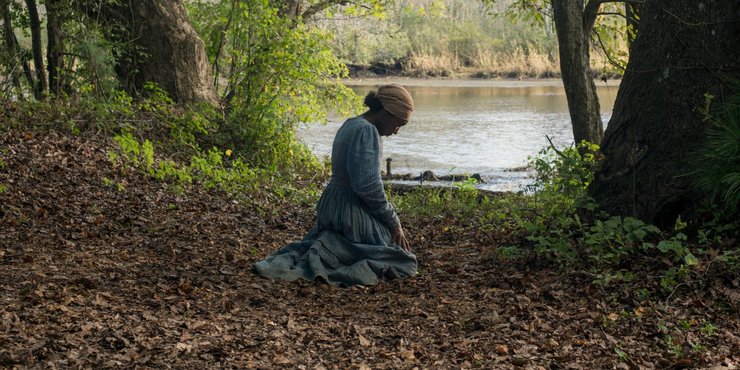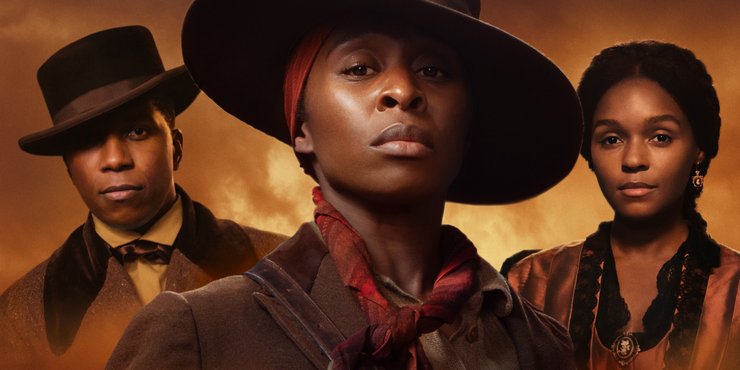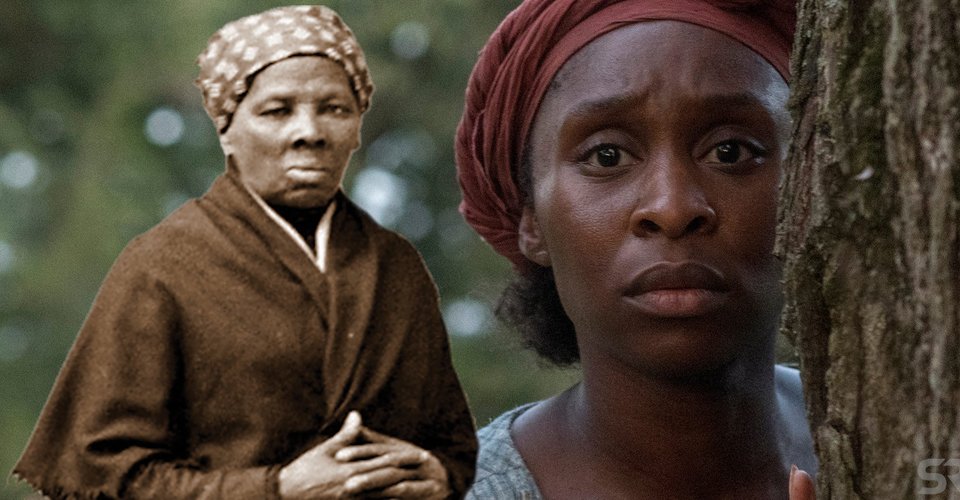Tag: cynthia erivo
Harriet True Story: What The Underground Railroad Movie Gets Right & Changes
Article via ScreenRant
Harriet tells the heroic true story of Harriet Tubman, who helped free dozens of slaves along the Underground Railroad — but how much of it is true?
Harriet tells the remarkable true story of one of the country’s most heroic people, Harriet Tubman, who, in the face of bigotry and servitude, helped bring dozens of enslaved people to freedom — but how much did the Underground Railroad movie get right, and how much was exaggerated or tampered with to fit the big screen? Directed by Kasi Lemmons — who’s perhaps most known for her supporting roles in the horror classics The Silence of the Lambs and Candyman — from her co-written screenplay with Gregory Allen Howard, Harriet stars Cynthia Erivo in the titular performance, headlining a cast that also includes Hamilton star Leslie Odom Jr., Janelle Monáe, Joe Alwyn, and Clarke Peters.
While it is undoubtedly an integral part of the American narrative, the country’s slavery era and the Civil War is a period that is largely ignored by Hollywood, at least in comparison with other war-torn times in history. However, Harriet, which is being recognized early in the awards season for its devoted lead performance, is joining that relatively small class of award-worthy films dedicated to telling stories about this dark chapter in the country’s history. Included amongst those are Edward Zwick’s 1989 film Glory, Steve McQueen’s harrowing 12 Years A Slave, Anthony Minghella’s romantic drama Cold Mountain, and Steven Spielberg’s presidential biopic Lincoln.
Harriet Tubman, considering her mammoth efforts to preserve the ideals of freedom among her fellow slaves, has hardly received the level of attention she deserves. Harriet is a well-earned step in the right direction; though Lemmons does take some considerable liberties with its characters, as well as the timeline of Tubman’s life. The film is, on a basic level, the true story behind Harriet, one of the most important stories to be told on film in 2019.
Minty As A Slave & Her First Escape As Harriet

As seen in Harriet, Tubman grew up on a farm in Dorchester County, Maryland, where she was born Araminta “Minty” Ross. Despite what the film suggests — that the name “Harriet” came to her as a tangible acknowledgement of her freedom — it seems that Tubman had the name long before then, back when she was first married to her husband John (portrayed in the film by Zackary Momoh). Though her owners continued to acknowledge her as Minty, as evidenced by posted advertisements for her return.
The film also brings up a legal question as to Minty’s freedom before she escapes. Early on in Harriet, Minty and John hire a lawyer to investigate the will left behind by the great-grandfather of her owner, Edward Brodess, that supposedly claimed that the day Minty’s mother turned 45, she and her children would be set free; a claim Brodess tears up in his slaves’ faces. In reality, while Tubman did hire a lawyer to investigate the will, the document actually stipulated that Harrier and her siblings would be set free when they themselves turned 45 — not at the same time as their mother.
In real life and in the movie, Edward Brodess died not long after that, sparking Minty’s escape into action. Soon before his father’s death, Brodess’ son Gideon (Alwyn) caught Minty praying for Edward’s death, and when the prophecy appeared to have come true, Gideon decided to put her up for sale. As it turns out, while Minty really did pray for the death of her master, Gideon is just one of the many Southern characters who were conceived for the dramatic and narrative purposes of the movie. She was more than likely put up for sale due to the financial bind the plantation owners were put in after Brodess’ death.
Soon after the possibility of being involuntarily sold away from her family — as three of her sisters were long before — came to light, Harriet decided to leave them voluntarily in a plight for freedom. Her father helped her tap into the Underground Railroad through a local black preacher, based on the real life preacher Reverend Samuel Green, and after an almost 100-mile journey, Harriet Tubman made it to Philadelphia as a free woman; her reaction in the film, with her looking at her hands, is accurate by Tubman’s own account.
Harriet As A Conductor On The Underground Railroad

Once in Philadelphia, Harriet is directed to the black abolitionist and Underground Railroad conductor William Still (Odom Jr.). Just as he had in Harriet, Still really did keep a detailed records of practically every escaped slave he had encountered (he would eventually publish them as The Underground Railroad Records). However, because Still destroyed many of his notes before the Civil War — more than likely out of fear of retaliation brought on by the Fugitive Slave Act, which was put into action only a few months after Tubman’s initial escape — there is no proof that Still greeted Tubman upon her arrival to Philadelphia, though there are notes that indicate the two worked very closely together. Similarly, the character of Marie Buchanon (Monáe), a free black woman and business owner and helps teach Tubman how to live as a free woman herself, was completely fictional.
But even so, Harriet Tubman’s life in Philadelphia was distracted, if not unhappy. With the rest of her family stuck in Maryland, she felt like “a stranger in a strange land.” So, not long after making it to Philadelphia, Tubman decided to venture back to the hostile land she had just escaped from to extract her loved ones — including four of her brothers, her parents and a niece. As seen in the film, her husband, thinking that Harriet had died, re-married and opted to stay behind in Maryland; and two of her brothers retreated back to the plantation after initially running away with her. Her younger sister Rachel was the only one of her family members she didn’t have the chance to help escape — she tragically died before Tubman had the opportunity to bring her to freedom.
But even so, Tubman became a regular “conductor” on the Underground Railroad, steered by the visions she really did think were visions from God (though were more than likely a result of the dent in her head from abuse by her masters). Between 1850 and 1860, armed with a gun, she made 13 ventures to Maryland, helping over 70 people reach freedom. As seen in Harriet, because of the financial distraught she brought onto her former homeland, she was described by Maryland slave owners as “Moses” until they found out her identity. In that light, though the slave catcher Bigger Long (Omar Dorsey) was not real as well, though the character was a representation of the black slave catchers who did exist in the 19th century South.
Harriet During & After The American Civil War

At the very end of Harriet, the audience sees the titular hero at the forefront of a Union battalion, preparing them to take part in the Combahee River Raid. During this, Tubman, who was also a nurse, spy and scout for the Union Army, helped destroy Confederate supply lines and rescue about 750 fugitive slaves.
This, like most of the film, is accurate. As is the postscript, which describes Harriet Tubman as the first woman in history to lead an armed military raid. She died at the age of 91, surrounded by loved ones.


